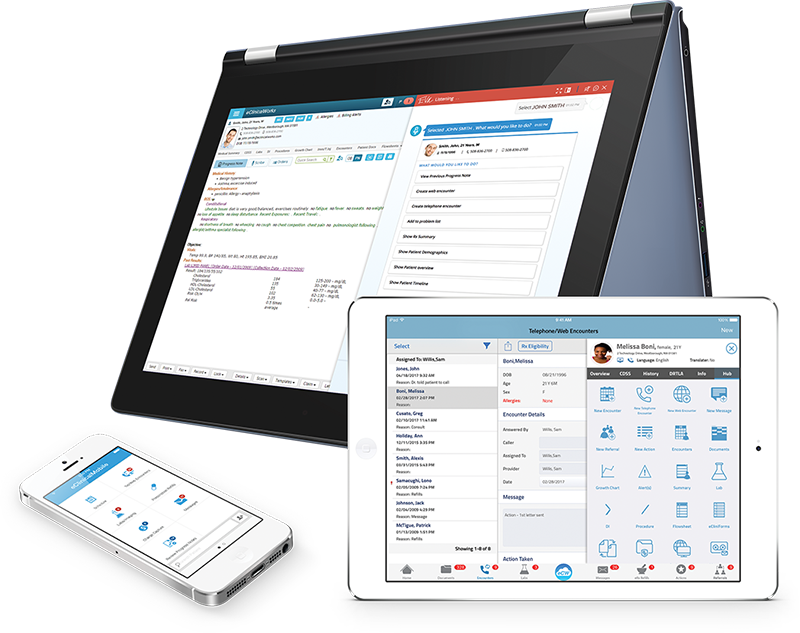The Centers for Medicare and Medicaid Services (CMS) has recently released new quality data on the Physician Compare website, which includes 2015 Physician Quality Reporting System (PQRS) performance scores for group practices, individual physicians and other clinicians, and Accountable Care Organizations (ACOs), as well as non-PQRS Qualified Clinical Data Registry (QCDR) data for individual clinicians. Here's what this means to your practice.
What Do These Performance Scores Mean?
The release of performance scores means that patients can now look up a clinician's performance score before deciding to schedule an appointment.
To increase the availability and accessibility of information on the quality of care being delivered by clinicians, CMS created the Physician Compare website.
The Physician Compare website serves two purposes:
- To provide information to help consumers make informed decisions about their health care
- To create clear incentives for physicians to perform well
The Physician Compare website is the same outlet that CMS will use for Merit-Based Incentive Payment System (MIPS) data and MIPS scores when they become available. This means that each eligible provider’s MIPS score and individual category scores will be available for public consumption.
“At CMS, one of our top priorities is to help individuals make informed healthcare decisions for themselves or their loved ones based on objective measures of quality,” Patrick Conway, MD, MSc, CMS Acting Principal Deputy Administrator and Chief Medical Officer and Kate Goodrich, MD, MHS, CMS Center for Clinical Standards & Quality Director, wrote in a blog post.
“The CMS Compare websites are reliable sources of information where individuals can compare the quality of healthcare providers, facilities, and health plans, highlighting that people have a choice in their care.”
CMS noted that the new Compare websites “reflect current industry best practices for consumer-facing websites and will be optimized for mobile use.”
Quality Scores with the Merit Based Incentive Payment System
With more and more quality data set to be phased into the Physician Compare website, it is crucial that you understand what MIPS is and how it could affect you and your practice both financially and publicly.
MIPS is not an incentive program providing incentives to eligible providers that submit data to CMS. MIPS is, instead, a new payment system under The Medicare Access and CHIP Reauthorization Act of 2015 (MACRA) which replaces the flawed Sustainable Growth Rate (SGR).
With MACRA, eligible providers can choose between two tracks of participation:
- Advanced Alternative Payment Models (APMs) or
- The Merit-based Incentive Payment System (MIPS)
If you decide to participate in an Advanced APM, through Medicare Part B you may earn an incentive payment for participating in an innovative payment model.
If you decide to participate in traditional Medicare Part B, then you will participate in MIPS where you earn a performance-based payment adjustment.
[Also: Four New MACRA Tracks Allow Flexible Attestation for Providers]
MIPS represents the default track for clinicians under MACRA and will require eligible providers to submit data in four categories including:
- Quality
- Cost
- Advancing Care Information (ACI)
- Improvement Activities
Each of these four categories is then weighted and combined to calculate a final MIPS score which will then be used on the Physician Compare website.
Participation in MIPS will begin in 2017 with payment adjustments beginning January 1, 2019, so it is crucial that practices become aware of the changes now and start preparing.
How to Participate in MIPS
Eligible clinicians have four different tracks to choose from when it comes to participating in MIPS for the first performance year of 2017. The four tracks allow for greater flexibility and make it easier for clinicians to transition from PQRS, Meaningful Use, and the Value-Based Modifier programs into the Merit-Based Incentive Payment System model.
To learn more about MIPS and your participation options, visit our MACRA resource center here.







